-
×
 Mike Reed – Read the Greed-Live! Course
1 × $39.00
Mike Reed – Read the Greed-Live! Course
1 × $39.00 -
×
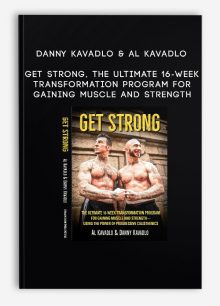 Danny Kavadlo & Al Kavadlo - Get Strong, The Ultimate 16-Week Transformation Program For Gaining Muscle And Strength
1 × $15.00
Danny Kavadlo & Al Kavadlo - Get Strong, The Ultimate 16-Week Transformation Program For Gaining Muscle And Strength
1 × $15.00 -
×
 Heart and Lung Sounds, 2nd Edition from Cyndi Zarbano
1 × $17.00
Heart and Lung Sounds, 2nd Edition from Cyndi Zarbano
1 × $17.00
Subtotal: $71.00

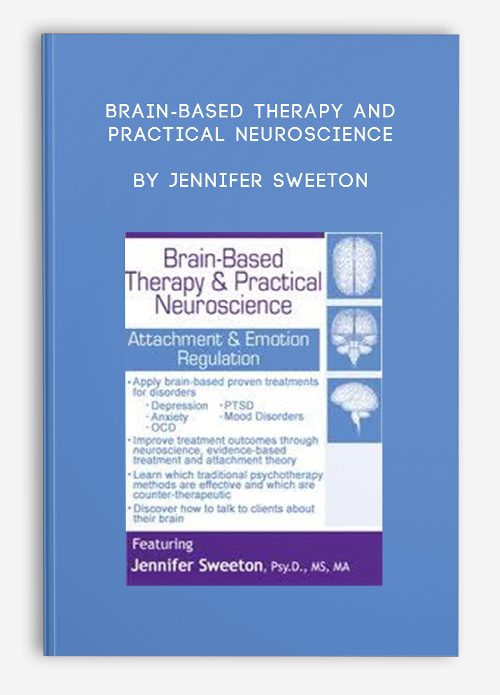
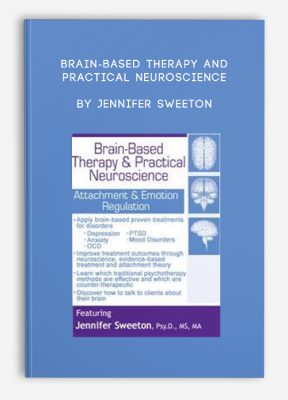
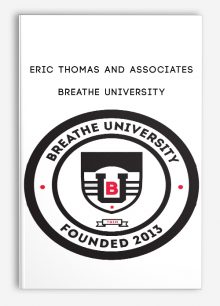


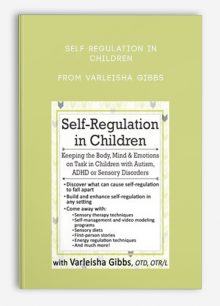

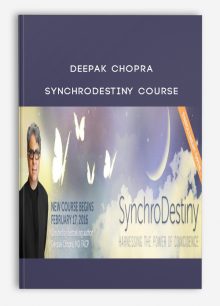

![Fast Confidence [How To Be More Confident │Confidence Building] from Sharon Melnick, Ph.D.](https://tradersoffer.forex/wp-content/uploads/2017/05/Sharon-Melnick-Ph.D.-Fast-Confidence-How-To-Be-More-Confident-│Confidence-Building-220x261.png)
Trevis Trevis –
Welcome to Sala Shop, we are here to provide everything to learn and improve this life…encourage you to check clearly the course